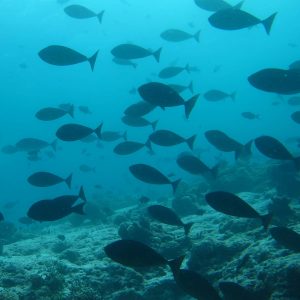
Now that the calendar has turned to March, it’s triggerfish season. One of Florida’s strangest-looking and most difficult-to-catch saltwater fish, the triggerfish is as rewarding to capture as it is to eat.
Triggerfish have a few distinguishing characteristics that make them easily identifiable. With two dorsal fins and a small mouth, their body is compressed laterally. Despite their diminutive size, their bony jaws include chisel-like teeth that efficiently plow through mussels, sea urchins, and sand dollars.
The skin of a triggerfish is extraordinarily strong and resistant to damage. Despite the fact that triggerfish may grow to be up to 30 inches in length, they are significantly more commonly seen in the 14–17 inch range. Triggerfish defend themselves from predators by locking up their pointed first dorsal fin.
Triggerfish live primarily in the Mexican Gulf’s nearshore and offshore seas, as well as the eastern seaboard and the warm waters of the Caribbean reefs. While triggerfish can be caught in all of these locations, marlin fishing in Miami Beach routinely produces the most triggerfish.
Once met with a triggerfish, you’ll find they are incredibly tough combatants, especially in comparison to their size. Their little mouths are deceptively powerful, and they may quickly snag your baits. Despite the fact that triggerfish are difficult to catch, the fight is worthwhile. These are some of the most delectable fish you’ll ever have the pleasure of tasting. Their meat is tender and solid after you break through the skin, making them quite the delicacy of the sea.
Want to catch a triggerfish for yourself? Book a Miami deep sea fishing trip with Captain Stan and his crew.
